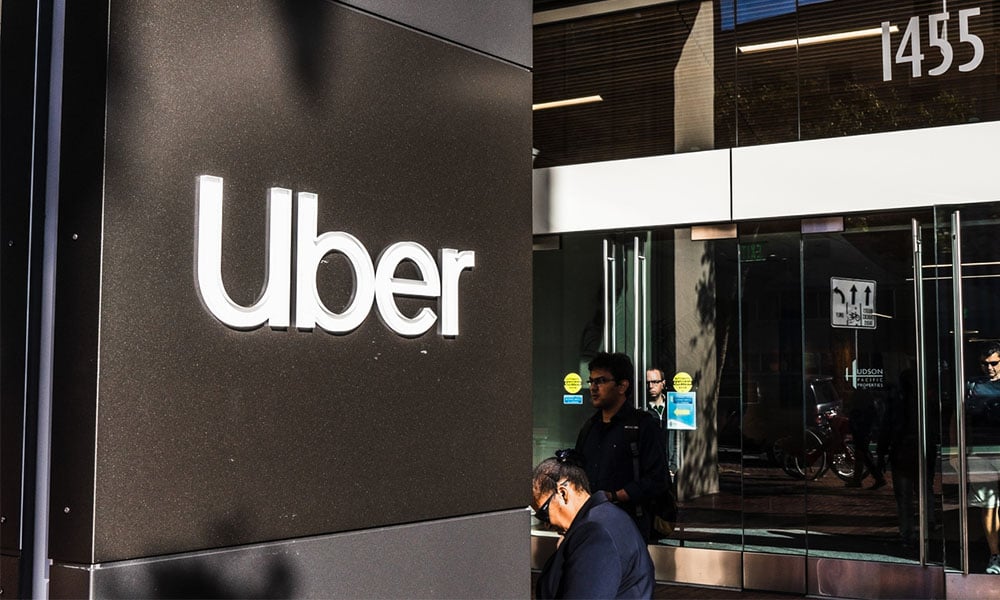
It boils down to one simple practice, says their global head of organisation development

If you’re aiming to create an engaging and sustainable culture, the worst thing that your leadership team can do is “sit in a room and between the five of us, think about what culture should look like”.
A very tangible and practical way to approach engagement is to involve parties who will be most impacted by any companywide changes – and actually listen to what they have to say, said Manavi Baveja, global head – organisation development at Uber.
When the ride-hailing giant was figuring out how to support employees, Baveja shared that leaders will ‘go out’ to employees to get their feedback through sessions like roundtable discussions to find out what staff wanted. They asked employees straightforward questions like:
“It’s not just about asking what it should be like [at the company],” she said yesterday (8 April) during a keynote session at HRD’s L&D Summit . “It is also about asking what it shouldn’t be. In asking that we uncovered a lot of input from our employees and saw what really engaged [and] what is important to them.”
Read more: Six ways to be a more thoughtful leader
For instance, you may think that celebrating an employee’s birthday can improve engagement and contribute to a positive work experience at the company. They may surprise you and say that’s just not it. Employees have turned around and said they’d rather be given the day off to spend time with their loved ones.
“Especially during COVID, a lot of organisations started to do [activities like] virtual get-togethers, but people said, ‘I need some time off the screen. I want to get back to my family. My kids are screaming’ or ‘my whole house is being pulled apart’. Really, it’s about listening. The answers are all out there. We take the burden upon ourselves to say we need to come up with the answers because we are the experts. When actually you just need to sit down and listen.”
Read more: How to be a more compassionate leader
She explained that it’s a simple and feasible design and research process. Uber’s countless ‘listening sessions’ with employees have ensured that leaders are always “sensitised” and aware of employees’ varied needs. This is why before developing any people strategies, leaders make it a point to identify the ‘users’ or the group who will be most impacted by any decisions.
“Sometimes it is actually your [employees] who are your users – even if it’s about the culture that you’re trying to define,” she said. “So really go deep into understanding who your users are, spend time and listen to what they need…with open questions. Really invite whatever comes your way and use that data to inform your [strategy].”